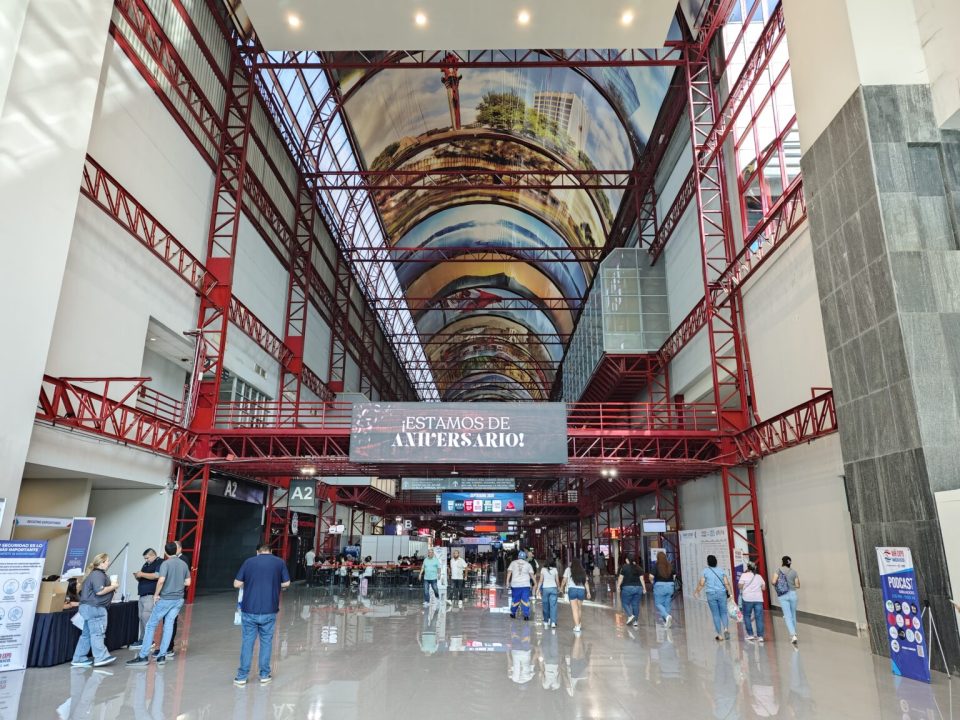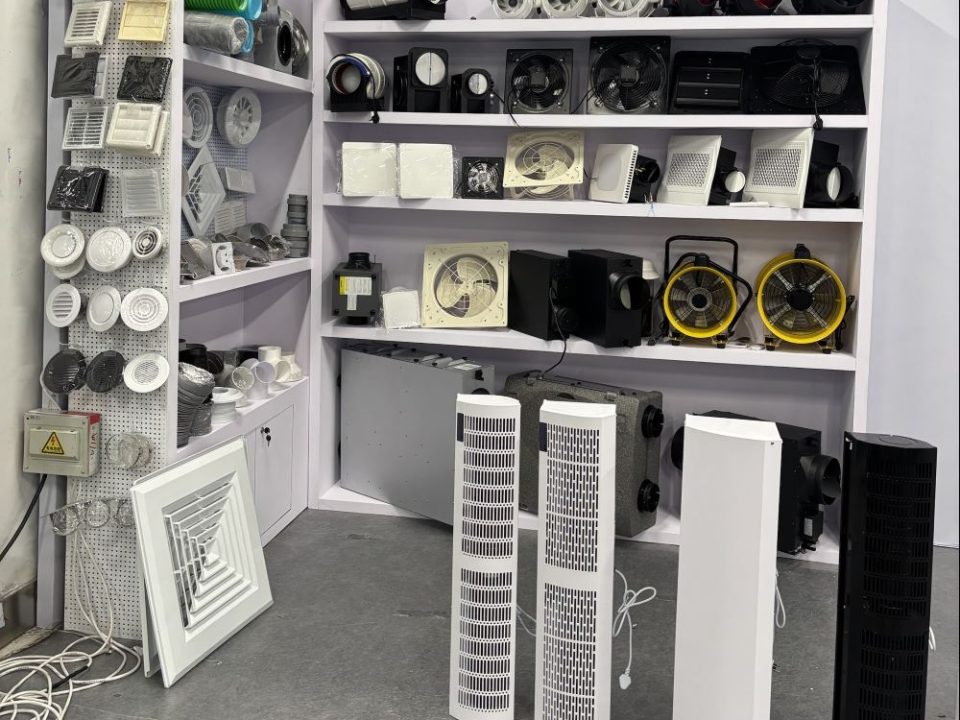Heat exchangers are essential components in various industrial processes, HVAC systems, and energy recovery applications. Two common configurations are counter flow and parallel flow heat exchangers. Understanding their differences is crucial for selecting the right design for specific applications.
1. Flow Configuration
The most significant difference between counter flow and parallel flow heat exchangers lies in the direction of the fluid flows.
- Counter Flow Heat Exchanger: In this configuration, the two fluids (hot and cold) flow in opposite directions. As the hot fluid enters the exchanger at one end, the cold fluid enters from the opposite end. This arrangement allows for a continuous temperature gradient along the length of the exchanger.
- Parallel Flow Heat Exchanger: In parallel flow designs, both fluids enter the heat exchanger from the same side and flow in the same direction. The hot fluid travels alongside the cold fluid, both moving towards the exit at the same end. This setup creates a situation where the temperature difference between the two fluids decreases as they flow through the exchanger.
2. Heat Transfer Efficiency
The flow configuration significantly impacts heat transfer efficiency.
- Counter Flow Heat Exchanger: Because the fluids flow in opposite directions, a greater temperature difference is maintained throughout the length of the exchanger. As the hot fluid loses heat, the cold fluid continuously absorbs this heat at a higher temperature differential, resulting in more effective heat transfer. This configuration can achieve higher thermal effectiveness and is generally more efficient, often exceeding 90% heat recovery.
- Parallel Flow Heat Exchanger: In contrast, the parallel flow design experiences a rapid decrease in temperature difference between the two fluids along the length of the exchanger. Initially, the temperature difference is substantial, but as the fluids flow together, the temperature of the cold fluid rises while the hot fluid cools down. This results in lower overall heat transfer efficiency, typically around 60-70% heat recovery.
3. Applications
The choice between counter flow and parallel flow designs often depends on specific application requirements.
- Counter Flow Applications: Due to its higher efficiency, counter flow heat exchangers are commonly used in applications where maximizing heat recovery is crucial. Examples include industrial processes, chemical plants, power generation, and advanced HVAC systems. They are particularly valuable in situations where space is limited but high efficiency is necessary, such as in heat recovery ventilation systems.
- Parallel Flow Applications: Parallel flow heat exchangers are more straightforward and less expensive to manufacture, making them suitable for simpler systems. They are often used in applications where lower efficiency is acceptable, such as in certain refrigeration and air conditioning systems. Additionally, they can be used in smaller-scale applications or where budget constraints are a concern.
4. Design Considerations
When designing a heat exchanger, several factors should be considered:
- Space and Size: Counter flow exchangers tend to be more compact for the same thermal performance, while parallel flow exchangers can be larger and require more space.
- Maintenance: Counter flow designs may be more complex and challenging to maintain due to their compact configurations, while parallel flow designs are typically easier to access and service.
- Cost: Counter flow heat exchangers usually have higher upfront costs due to their complex design and higher materials requirements, while parallel flow exchangers are often more budget-friendly.
Conclusion
In summary, counter flow and parallel flow heat exchangers differ fundamentally in their fluid flow configurations, resulting in significant variations in heat transfer efficiency and application suitability. Counter flow designs excel in efficiency and heat recovery, making them ideal for demanding industrial applications, while parallel flow designs offer simplicity and cost-effectiveness for less critical scenarios. Understanding these differences is key to selecting the appropriate heat exchanger for specific needs.


